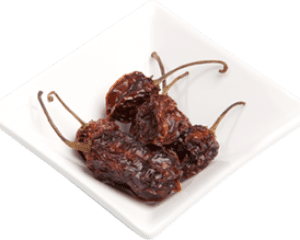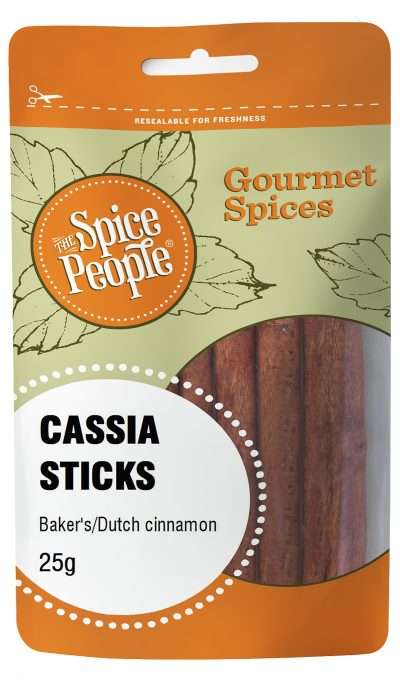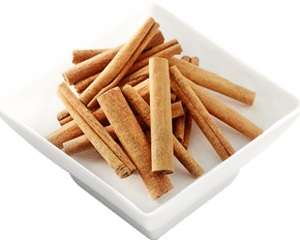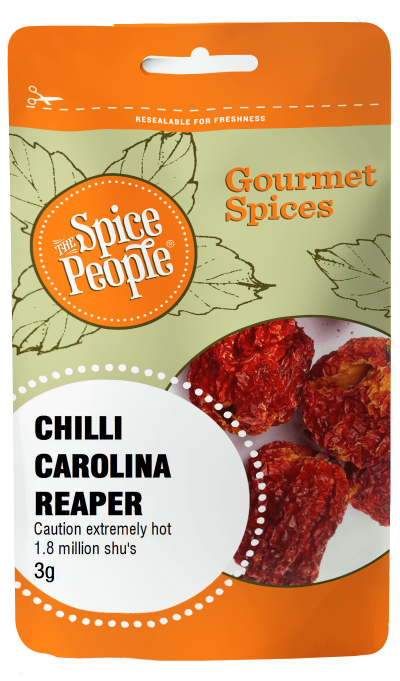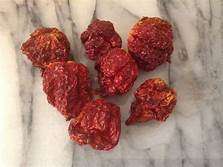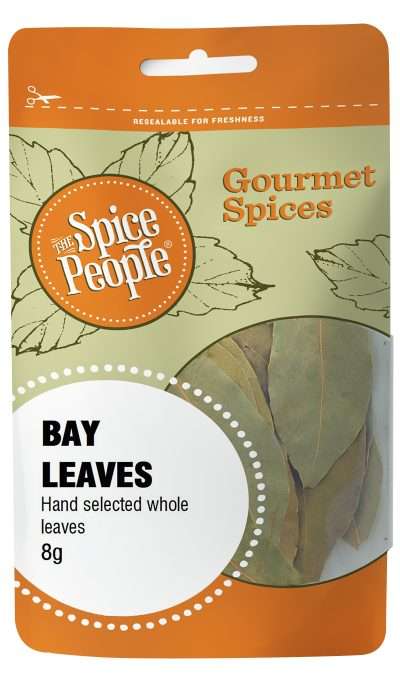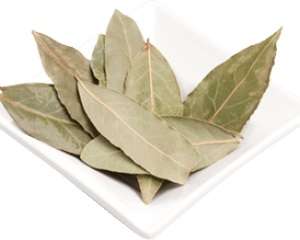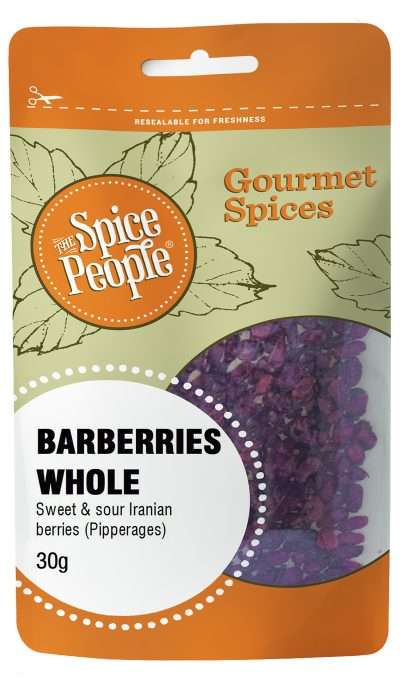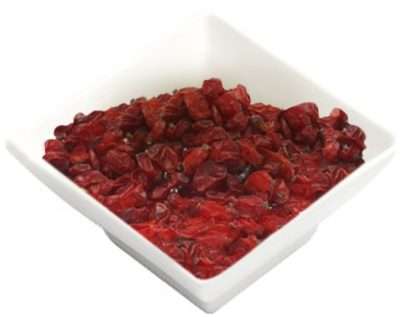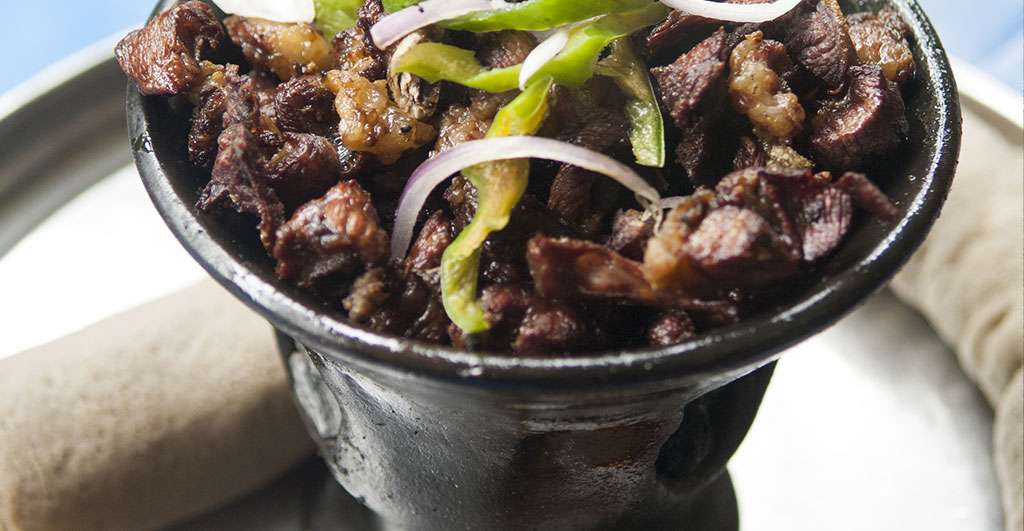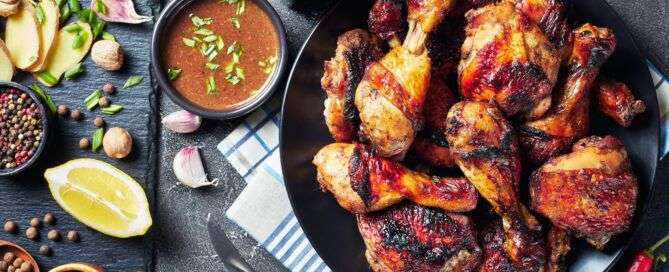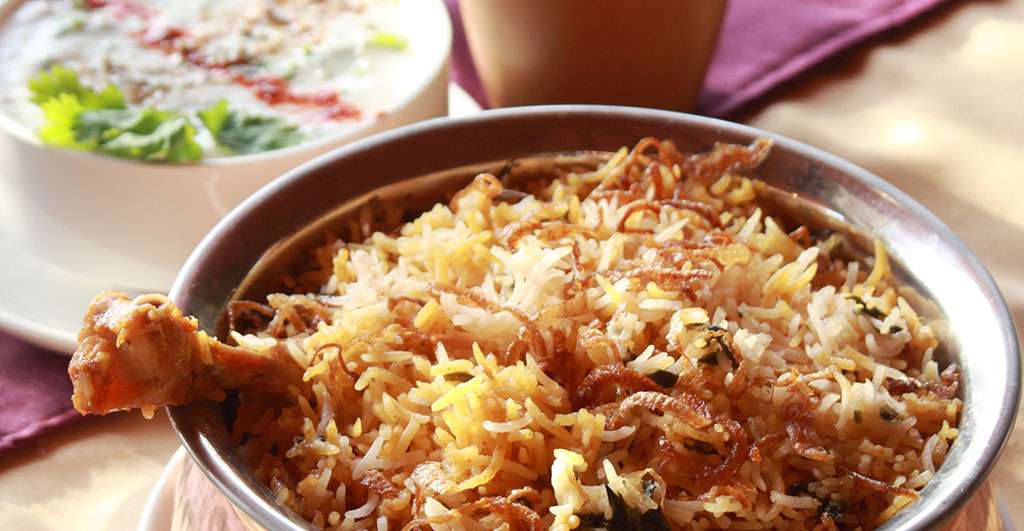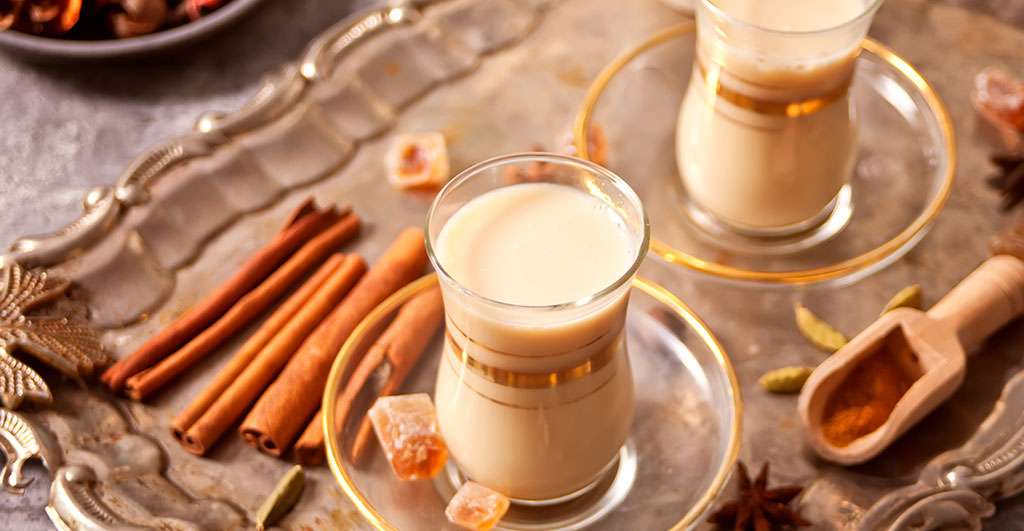Chilli Habanero Whole – Hot – 5g
13 in stock
Product description
The Mexican Habanero Chilli is the hottest variety of chilli from Mexico. They are an integral component in Yucatecan Mexican cuisine. With their fruity & floral aroma, it is a popular choice for adding a spicy citrusy kick to any dish. Dried Habanero Chilli is the perfect addition to any Mexican dish. For optimum results and flavour, re-hydrate the chilli in boiling water for 20 minutes before use.
Flavour Notes:
With their fruity & floral aroma, Habanero Chillies are a popular choice for adding a spicy citrusy kick to any dish.
Culinary Notes:
Dried Habanero Chilli is the perfect addition to any Mexican dish for an authentic flavour. For optimum results and flavour, re-hydrate the chilli in boiling water for 20 minutes before use.
Health Benefits:
Mexican Habanero Chilli, as well as all other chillies, contain capsaicin, which is the compound that provides several health benefits and is a good source of vitamins, minerals and dietary fibre.
Ingredients:
100% dried Whole Habanero Chillies
How to use

The Spice People FAQs


The Spice People FAQs

Other Spices you may like
Featured in



Join the Spice People to Get Started on Your Culinary Spice Journey!
Be the first to hear about our exclusive promotions, new product releases, recipes and more.

